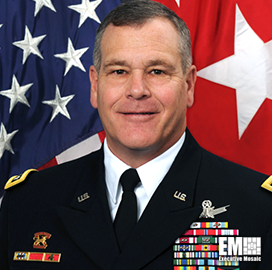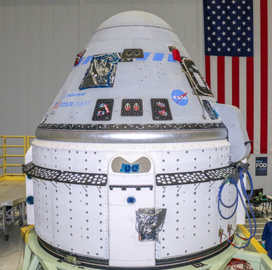Gen. James Dickinson, who leads U.S. Space Command, said Spacecom has a more operational role than the U.S. Space Force in military activities.
He said at the McCrary Institute/Space Policy Institute's "Securing Space" event that the Space Force is in charge of planning, training and arming the U.S. military's space component, and Spacecom puts those preparations to use.
"Space-based capabilities enable virtually every element of our national power, including diplomacy, economics, finance and information," he said, noting that most U.S. citizens don't understand the importance of space assets.
Dickinson said Spacecom's mission is to prevent conflict from reaching space and, if unavoidable, engage in space combat.
If you are interested in the Department of Defense's space goals, check out GovConWire’s Space Acquisition Forum on Sept. 14th. Register here.







